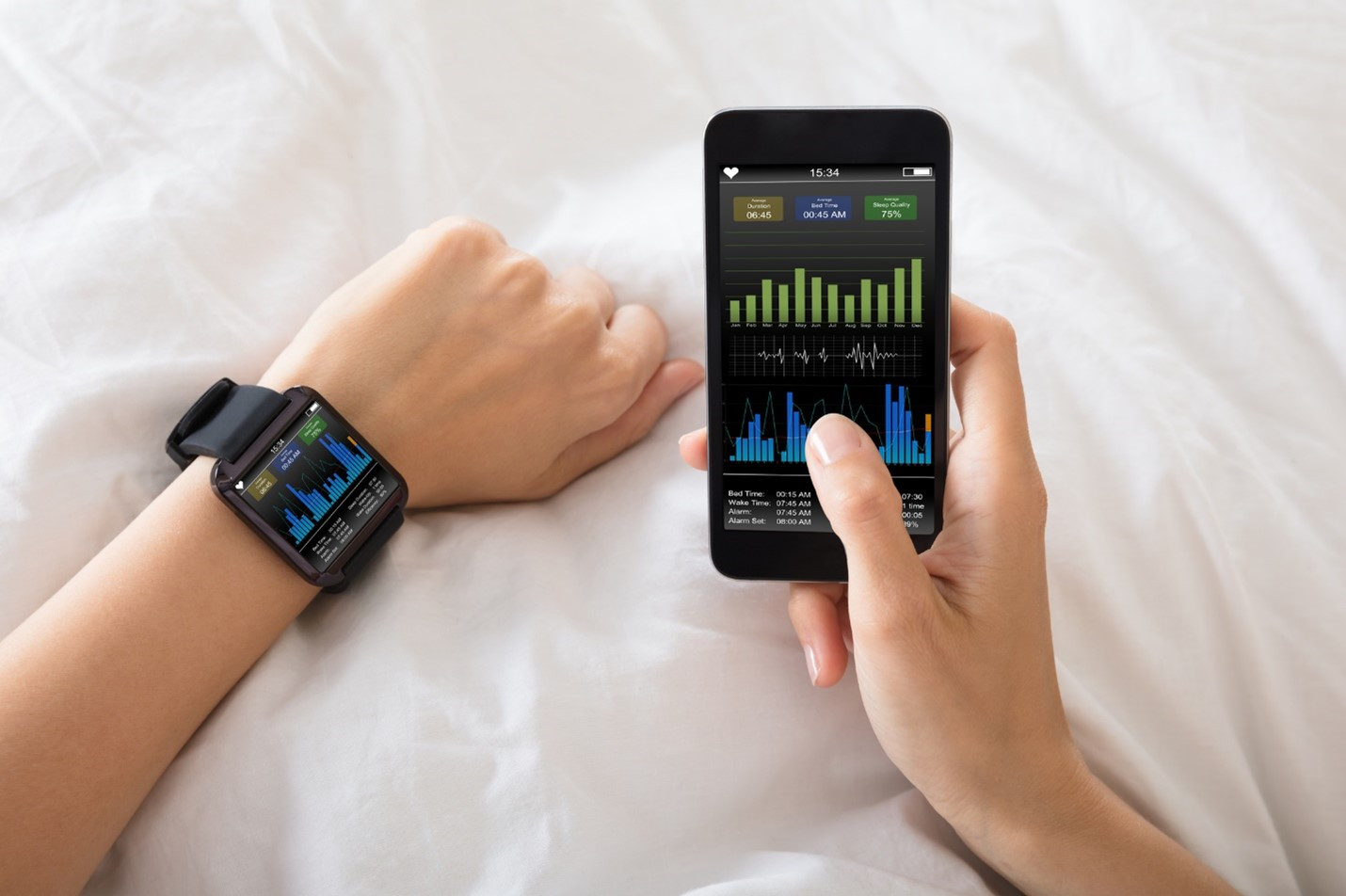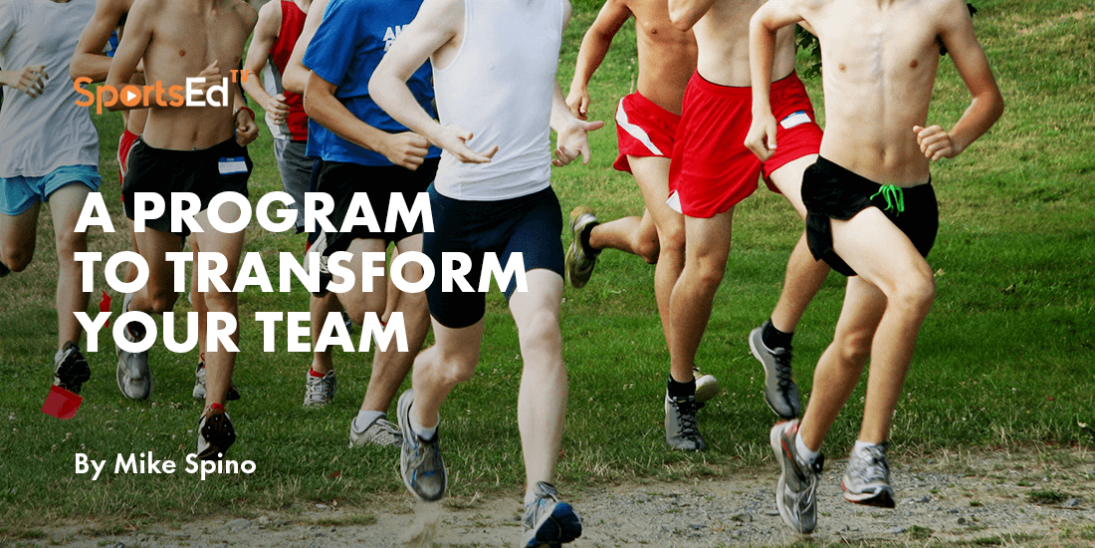Running
Welcome and thanks for visiting...

So, You Want To Be a Runner

With the approach of the New Year, ads are flooding the airways about how great it is to be fit. There is a predictable pattern of New Year's resolutions for those who wish to become runners or at least more fit and healthy. The most recent catalysts lure people to decide, 'Ok, this year will be the year!' They have seen images of vibrant, self-assured runners and want to be one of those imbued with that robust energy of being fit.
A Key Idea That Needs Exploration
How to become a beginning runner, has always been at the top of the list of inquiries. When people begin thinking of a running program, the question is how and where do they start? A lot of people begin by looking online. One of the most common recommendations found is to run or jog 20 minutes three-four times a week, or join a health club or buy a treadmill to do so. Go down that path, and your chances of becoming running fit and happier by this spring are diminished by quite a margin. It's because this does not match human physiology. Also, an integrative mind/body program provides the additional benefits of self-understanding, inner strength, and the satisfaction of bolstered confidence.
Choosing A Program That Will Help You Toward Becoming Your Best Selt
These are facts toward accomplishing your goal. Many approaches are not physiologically diverse or enjoyable in a beginning running program and make it less effective and not satisfying. My proven running programs, however, adhere to what happens in your running body and what cohesive mind/body techniques work best as you progress into being a runner with all the cardio and stress-relieving benefits from this status of being. I have 50 years of coaching experience, instructing at every level. However, helping beginning runners is among my favorite groups. In this blog, I will explain a way for beginners to become actual runners in 12 weeks and why this might have eluded those who have tried it in the past. Additionally, it is a preparatory program for other sports programs as being fit always improves the skills and potential in all sports.
Irrefutable Facts of Running Physiology
Running physiology is nearly the same for everyone, somewhat similar to each of us having a basic body temperature of 98.6. Moreover, a program should improve your breathing efficiency, and contain mental imaging that contributes to your success. Everyone’s heart reacts to running similarly. This is termed the Exercise Heart Range (EHR) and gauges our heartbeat which is generally calculated at 220-your age and the range is about 60 to 85% of that number. Running within this range is the first step in improved running ability. That’s why newer devices are infusing interval segments within their workouts to bring improvement. In my long-standing programs, a part of a run may be as short as 15 seconds and contain various breathing or other techniques that increase your heart rate and mental clarity. Utilizing running techniques called gaits and tempos is what results in improved running fitness. Here’s an example of how the EHR operates. I coached a 12yr old boy with an injury by using a stationary bike. He was exerting a lot of effort so I asked him to engage the heartbeat function to display his heart rate.
His heartbeat was way up in the high 170’s demonstrating that the principle of the Exercise Heart Range was at work.
(220-12=208x [~60–85%]=~125–177)

How to Build a Running Program That Provides Results
I base my beginner program on improvement in the one-mile run for good reason. That is because it is equally split between aerobic (with incoming energy) and anaerobic (energy stored already within your body). After two weeks of running fairly easily, doing some stretching exercises, and using a running technique for varying your heart rate called the 24 Step Method (video below), you will be asked to time yourself for a one-mile distance. In another 10 weeks, you will, as many others have, and with a minimum of fatigue or struggle, achieve an approximately 15-20% improvement in your mile run efficiently.
How to Set Up Your Timing
To begin your evaluation, go to a standard 400-meter track at a high school and it should have a curved line 7 meters from the start line. It is an indication of the one-mile finish which is 1607 meters. As an alternative, you might measure a mile run with your car odometer and run this for the first and second one-mile timing. Once you run a mile, you will find yourself in a training category ranging from over 10 minutes and to under 6 minutes. By following the 4-day-a-week program, facilitated with intervals according to your plan, you will be led through a series of mind/body techniques that match your running progression.
The secret to initial mind/body integration is to refrain from mental frameworks that are too complex. A person can follow what is called guided imagery after eight weeks of running and mental training work that they could not have done well when just starting. During the last part of the 10-week training, you will be adept enough to practice a technique called event rehearsal which is picturing your one-mile run in your mind a few times before the actual day and right before the run. With cell phones, it makes it easy to play prepared video or audio segments that match the imagery with the running segment.
Beginning As Others Have
Begin with mind/body techniques that are pinpointed, short, hold positive mental images, and contribute to the process of improved running. I was most pleased when my recent college class reported that mental imagery was a great benefit as reflected in their notes about the training programs. These were some of the comments from my fall semester Sports Health Science class concluded in December 2021, where each student runner improved their time in the one-mile run by about 20% and had these comments in their journals.
- My favorite technique is the “Rope Pulling” visualization because it makes me feel lighter and more motivated to finish the distance.
- The Full Body Recovery helps bring my breathing rate to normal and relaxes me after a run. It also helps with any soreness or tightness I am experiencing
- The 24 Step Formula is very effective and easy.
- It is helpful if you don’t have much experience with exercise.
- What has worked best for me is the timed sprints and walk backs. I started with a 15-minute mile. Now I am down to 12 minutes and only half done with the program.
- I like interval running because I feel like I am burning more calories compared to steady running.
- I have never been a runner or anything like that. The workouts make me get out of my comfort zone and have a goal.
- Intervals help upgrade your workout.
- I liked the meditation as it clears the mind and helps to get a clear head.
- I learned to run smoothly and efficiently
Conclusion:
There is no reason for a beginner to struggle or feel lost to become a runner. Moreover, if you are part of a group in your workplace or are in a community group, there are a few techniques that can be done that can make beginning training even easier. One is called Energy Transfer, where you work with a partner resting to reenergize each other, and Standing Full Body Recovery, to get your breath back between sets. I have added the 24 Step Method video to this article and it can also be found at spinorunning.com.
It is basic to the first two-week program to begin running a mile and finding your level for starting your training. There are also treadmill workouts if someone is experiencing poor weather or you wish to take an alternative day and go to a gym rather than run outside. If you would like to go into a 5k training program it is also provided for you in category levels of training from emerging, initiates, and gold standards. However, it's preferable for beginners especially, to begin with, the mile run because this data is instructional for every training that follows whether it is repeating the 12-week program or moving into other distances, categories, and training suggestions.
Happy Running. See you on the track and roads.





